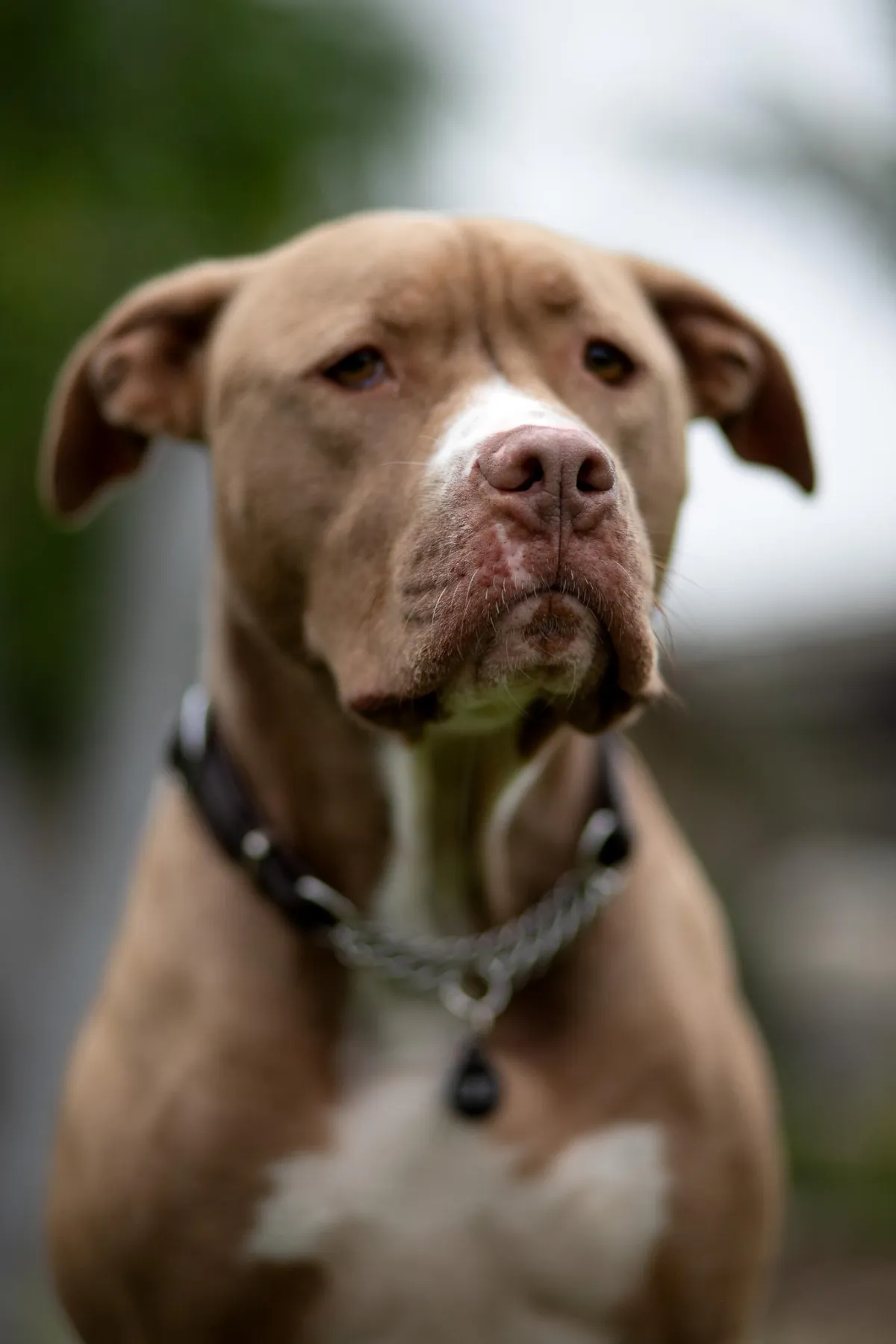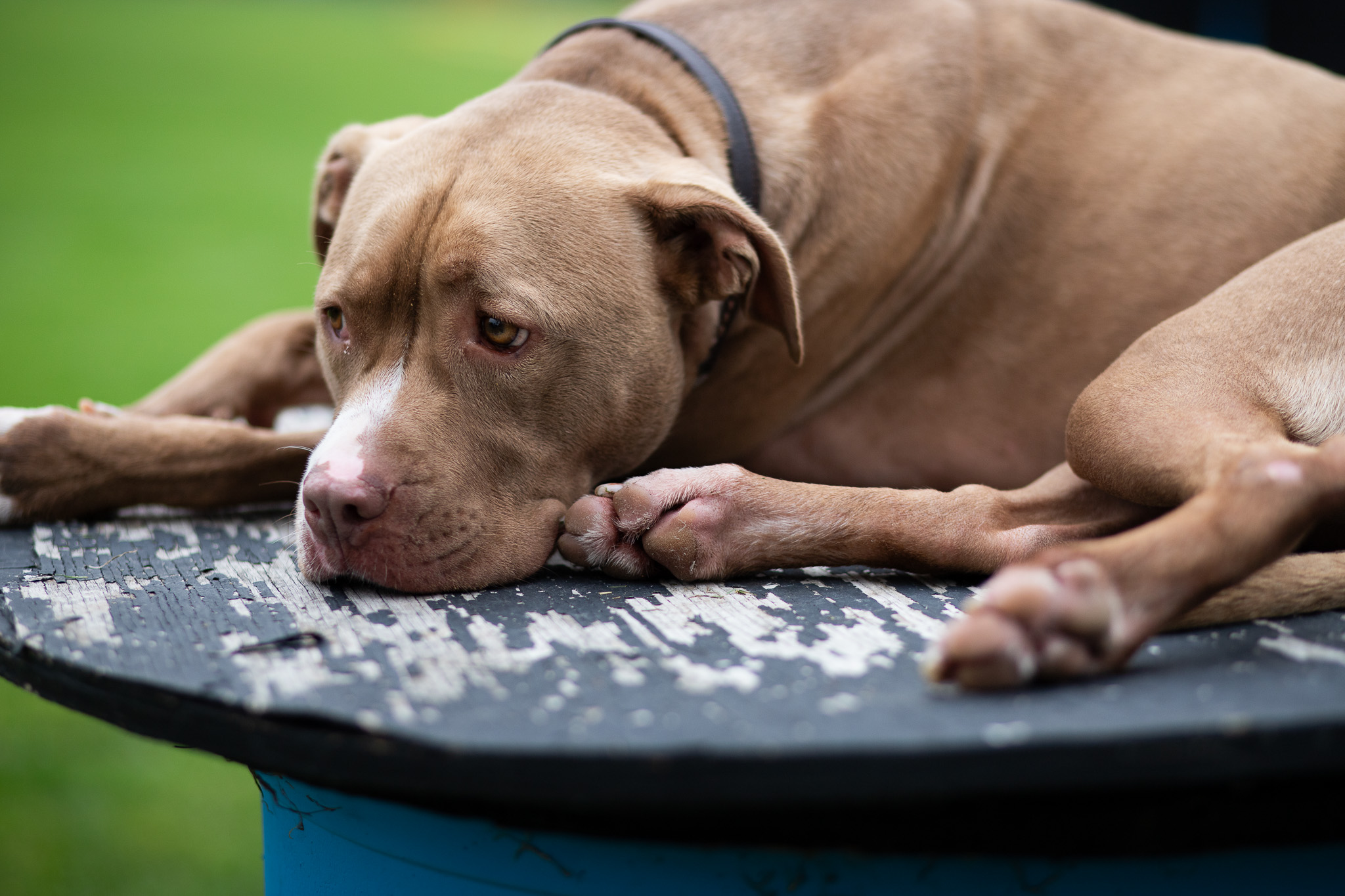
Understanding Separation Anxiety
Understanding Separation Anxiety in Dogs: Prevention, Signs, and Solutions

You love your dog like family, and leaving them is tough enough without the worry. But coming home to chewed-up furniture, accidents on the rug, or listening to panicked barks on your pet cam is truly heartbreaking. This isn’t your dog being spiteful or "bad"—it's often a sign of Separation Anxiety (SA).
In this comprehensive guide, we'll dive into how to recognize, prevent, and successfully treat this common but serious issue so your best friend can be as confident when you’re away as they are when you’re home.
What Exactly Is Separation Anxiety?
Many dogs whine when you grab your keys, but true Separation Anxiety is a profound fear response.
Definition: We define Separation Anxiety as the lack of independence and the inability to self-soothe when a dog is left alone or separated from their primary attachment figure. It is an intense panic attack, not a deliberate act of mischief.
Common Signs and Symptoms
If your dog is struggling, you may notice these behaviors only when you are absent or preparing to leave:
Destructive Behavior: Chewing on door frames, digging at windows, or destroying items near exit points.
Excessive Vocalization: Persistent barking, howling, or whining that continues long after you've left.
Inappropriate Elimination: Urinating or defecating inside, even if perfectly house-trained. This is a stress response.
Pacing, Panting, or Trembling: These physical signs of distress often start before you even walk out the door.
Escape Attempts: Desperate attempts to break out of crates, rooms, or the house, which can result in injury.
Debunking the Myths
Let’s clear up some common misconceptions about SA:
Myth: "My dog is doing it out of spite." Reality: This is a genuine anxiety disorder. Dogs are not capable of complex, spiteful emotions.
Myth: "They’ll just grow out of it." Reality: Without focused training and intervention, SA usually gets worse, not better.
Prevention: Building an Independent Dog from Day One
The best way to treat separation anxiety is to prevent it! This is especially crucial for puppies and new rescue dogs.
1. Start Small & Create Positive Associations
Habituate Alone Time: Even with a new puppy, start leaving them alone for very short periods (1-5 minutes) while you step out of sight.
The "High-Value" Distraction: Give your dog a high-value, long-lasting chew or puzzle toy (only when you leave them alone). This teaches them that your departure predicts a fantastic reward.
2. Establish Healthy Boundaries
The Calm Goodbye/Hello: Avoid making a big production out of leaving or coming home. Wait until your dog is calm before greeting them. This prevents over-excitement, which feeds the anxiety cycle.
Independence Training: Encourage your dog to rest and relax away from you while you’re home. Use a "place" command or reward them for settling quietly in their bed instead of always being glued to your side.
3. Crate Training: The Safe Haven
Make your dog’s crate (or a designated safe space) a wonderful, positive place. Never use the crate as punishment. The crate should be where they go to relax, chew, and feel secure.
Solutions: Treating Existing Separation Anxiety
If you’re already in the thick of a SA struggle, don’t panic—you have options!
1. Behavior Modification: Desensitization
This is the gold standard for treatment. The goal is to gradually desensitize your dog to your departure cues (keys jangling, putting on a jacket) and increase their tolerance for alone time.
Practice Drills: Practice your departure routine (put on your shoes, grab your keys, stand by the door) but don’t actually leave. Repeat this until your dog shows no signs of stress.
The "Micro-Leave": Leave the house for literally 5 seconds, come back in, and reward your dog for being calm. This must be done slowly, keeping your dog under their panic threshold.
2. Creating a Calming Environment
A supportive environment goes a long way in managing panic:
Calming Aids: Consider using pheromone diffusers (like Adaptil) or a calming spray on their bedding to create a relaxing atmosphere.
White Noise: Play calming music or white noise to mask outdoor sounds that might trigger an alarm response.
Mental and Physical Stimulation: A tired dog is a calm dog. Ensure your dog gets plenty of physical exercise (long walks, running) AND mental stimulation (puzzle toys, scent games) before you leave.
3. Seek Professional Help
Severe cases of SA require the guidance of a professional.
Certified Professionals: Look for Professional Dog Trainer who specialize in Separation Anxiety. Ask about their specific methodology to be sure they align with your values and goals.
Virtual Guidance: Many trainers specialize in virtual separation anxiety support, which is highly effective since the trainer can guide you while your dog is in their actual home environment.
Veterinary Consultation: For intense anxiety, your vet may recommend anti-anxiety medication to lower your dog’s baseline stress level, making the behavior modification training more effective.
Final Thoughts for Dog Parents
Treating separation anxiety is a marathon, not a sprint. It requires consistency and endless patience. But by understanding your dog's distress, implementing these strategies, and seeking help when needed, you can transition your anxious dog into a confident, independent companion.
You’ve got this!
Do you have a question about your dog’s specific SA behaviors? Book a phone consult for personalized guidance!